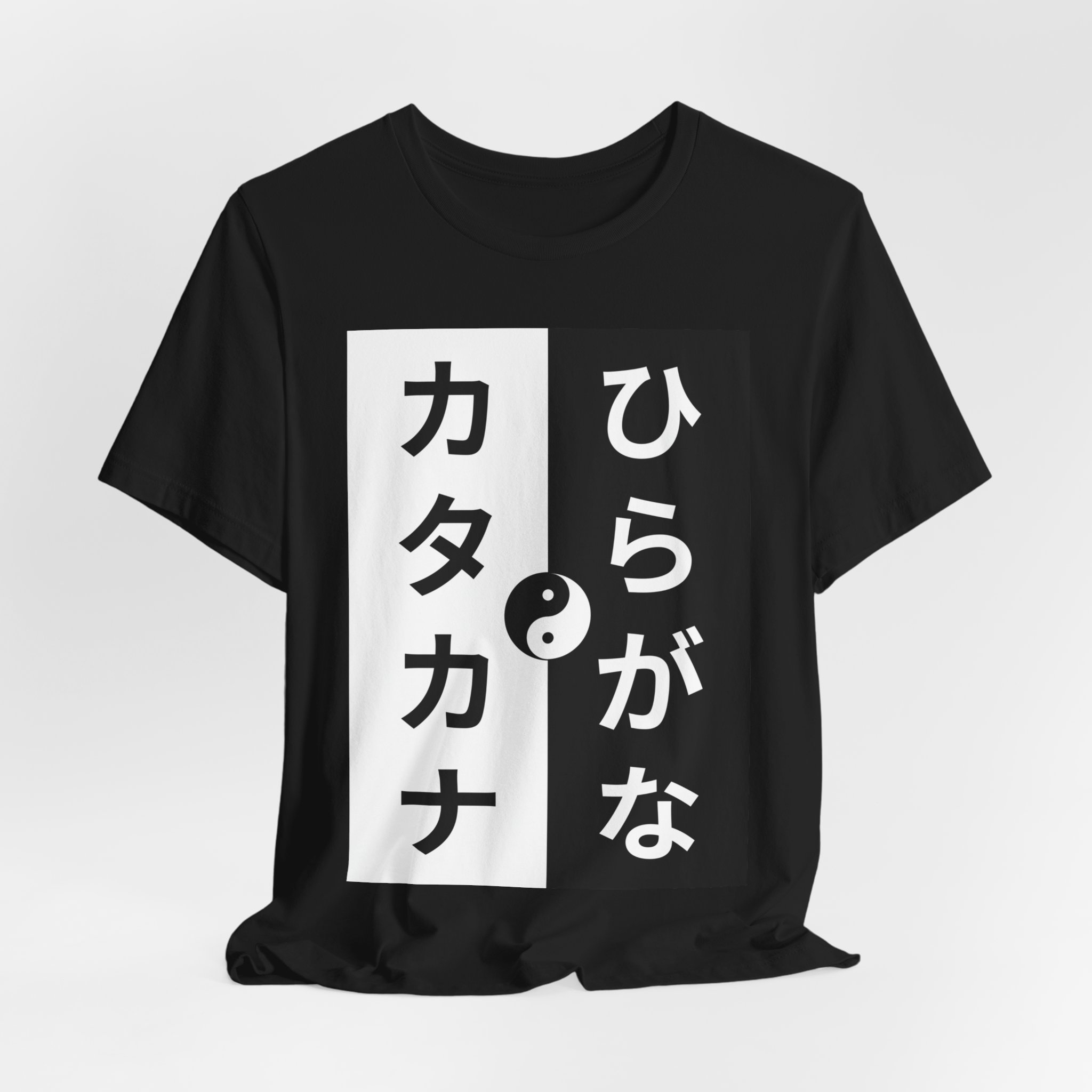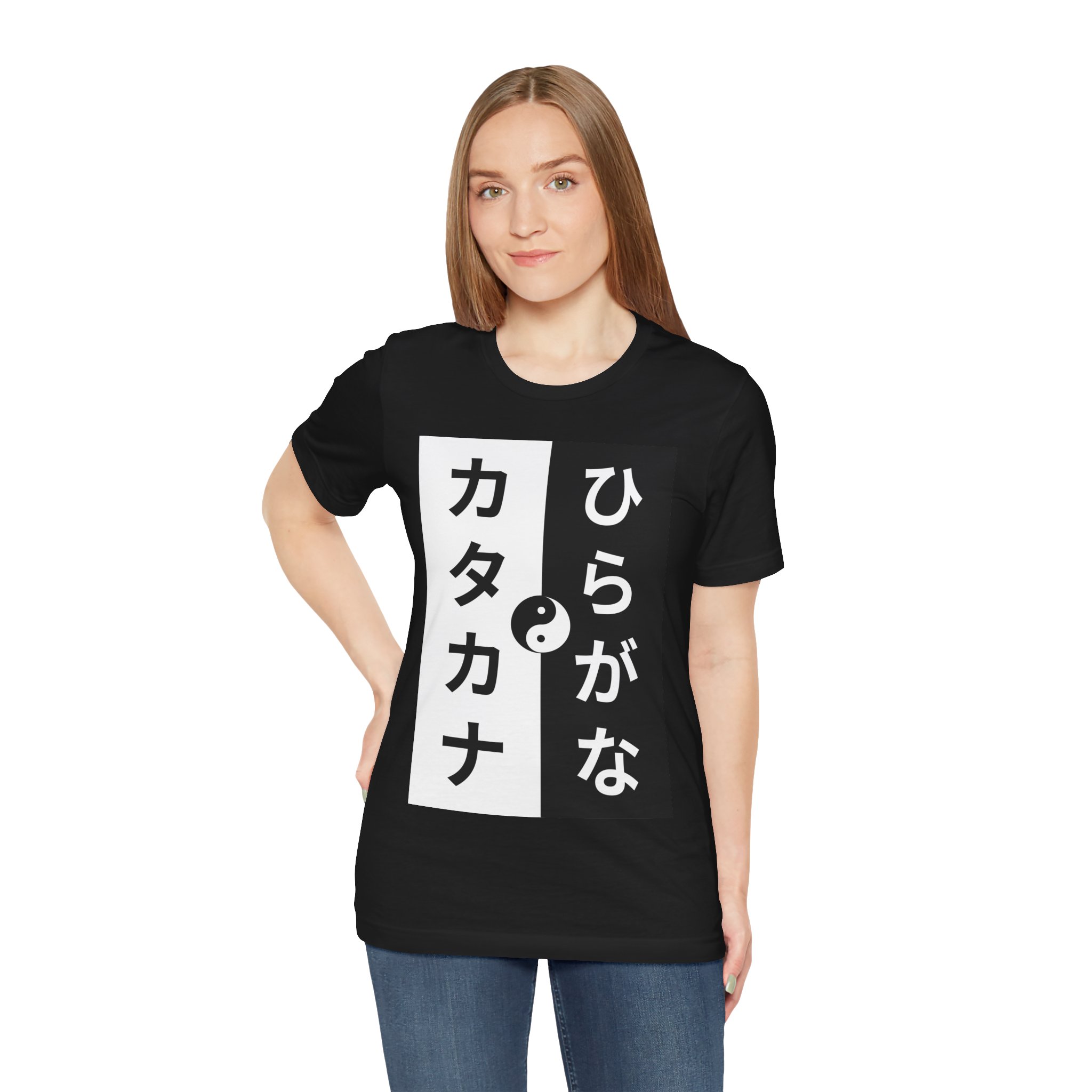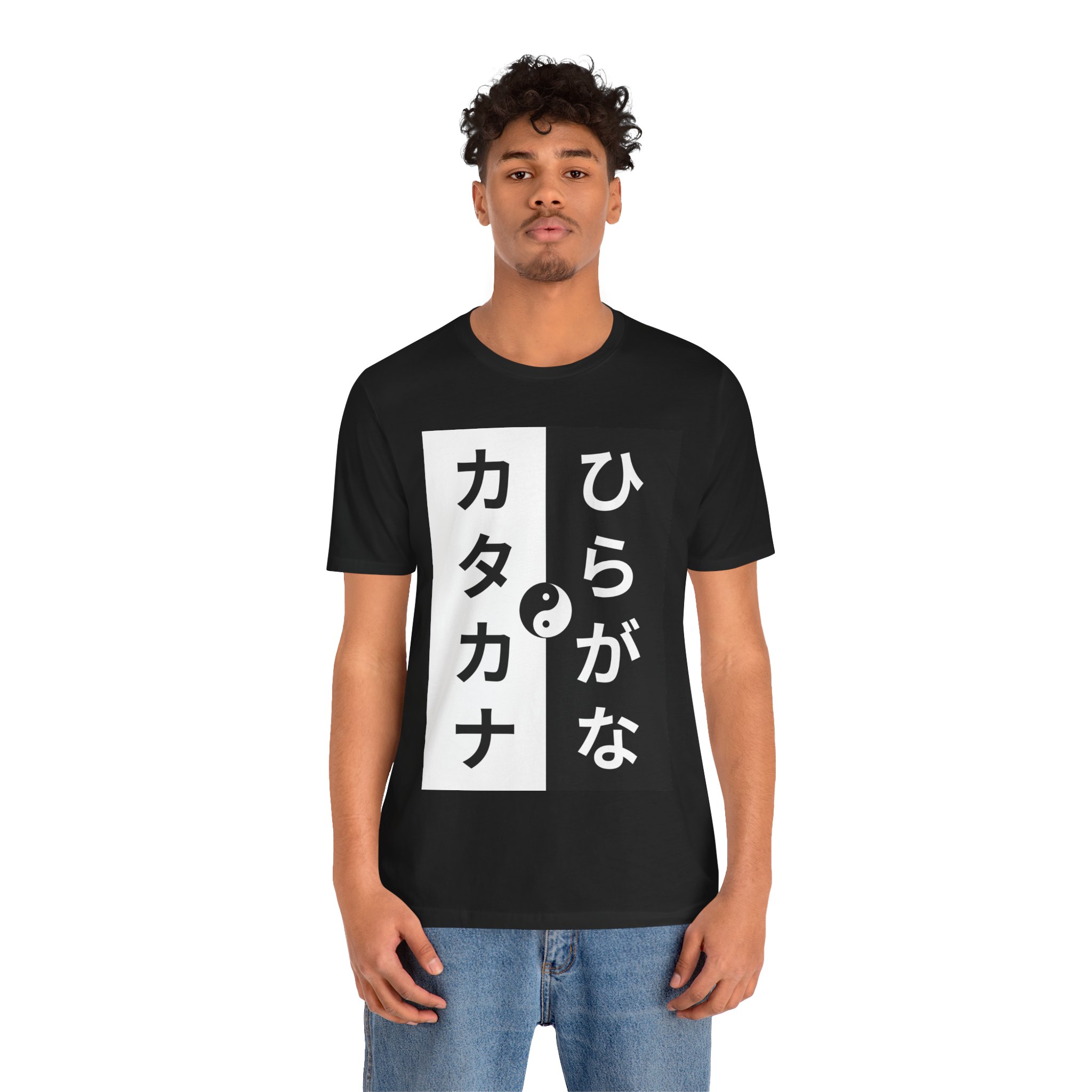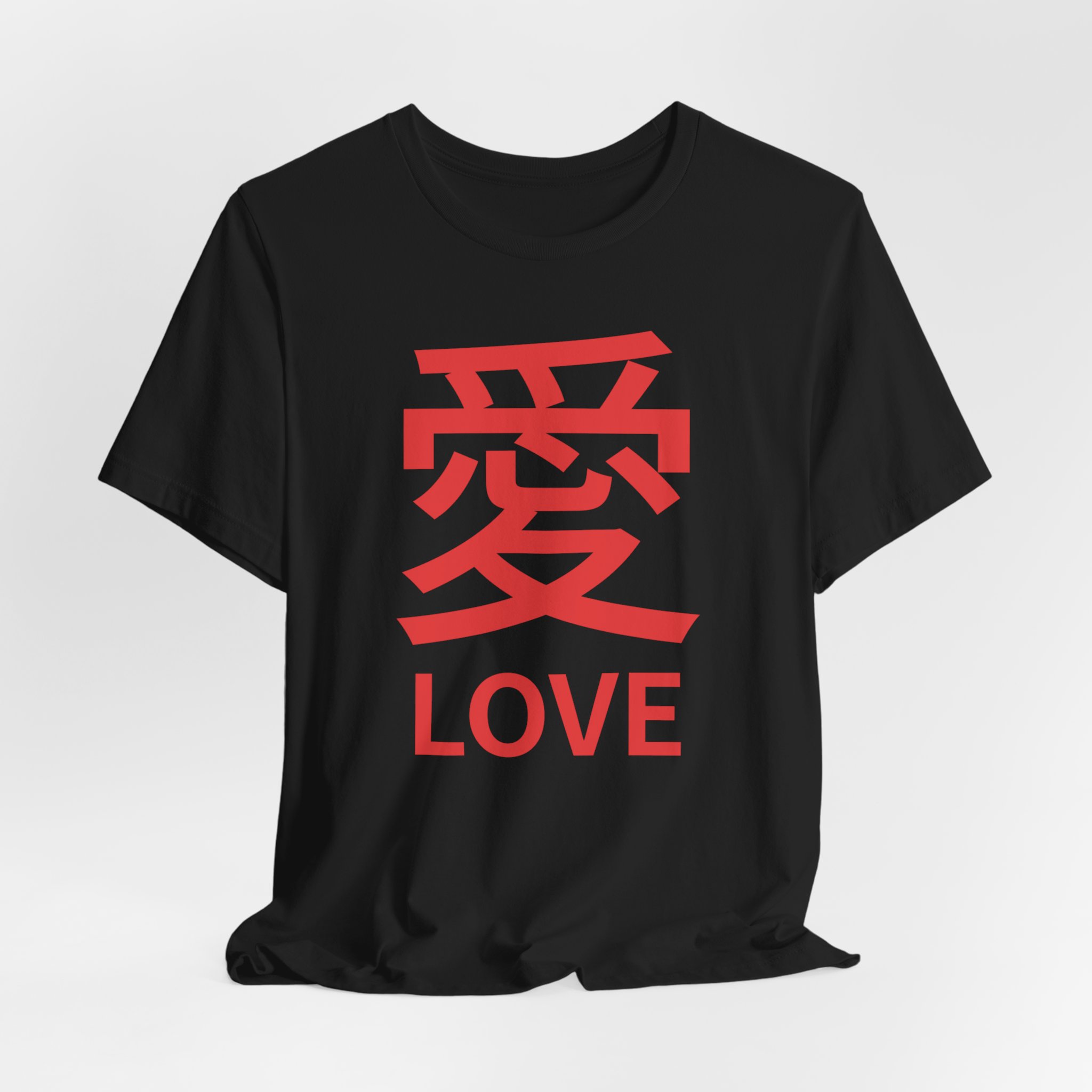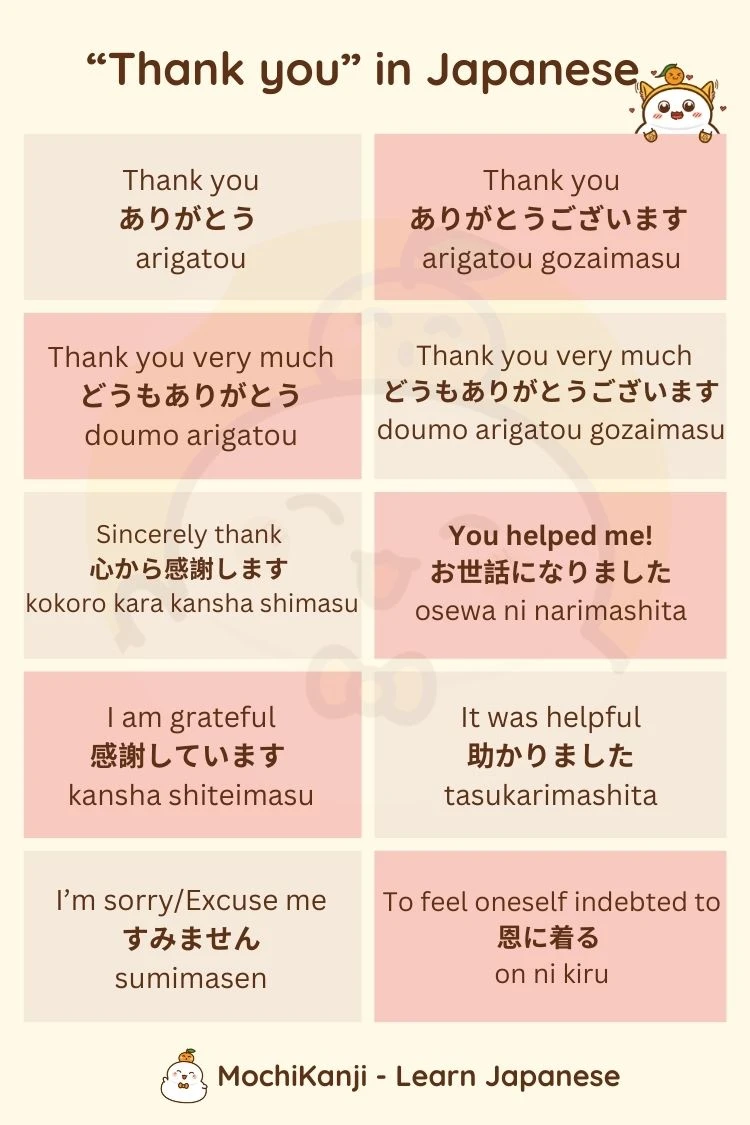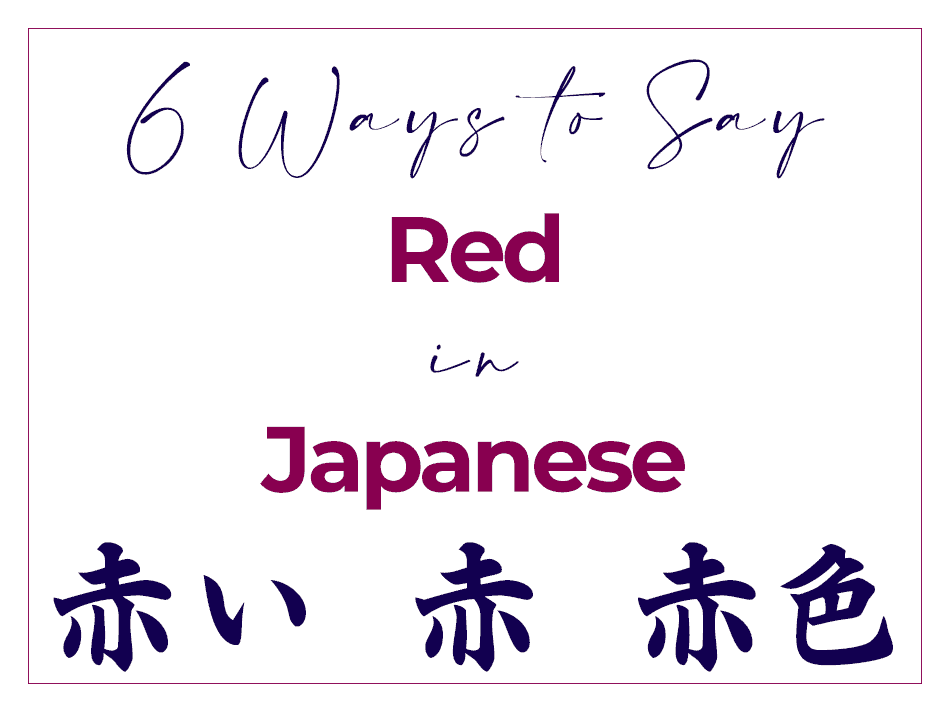How To Say Pink In Japanese

For those venturing into the vibrant world of Japanese language and culture, mastering even the most basic vocabulary can unlock a deeper appreciation. Learning how to say "pink" is a simple yet crucial step, opening doors to describing everything from cherry blossoms to fashionable accessories.
The ability to express colors in Japanese not only enhances communication but also provides insight into the cultural nuances embedded within the language. This article will delve into the various ways to say "pink" in Japanese, offering a comprehensive guide for learners of all levels.
Understanding the Basics: Momoiro
The most common and widely recognized word for "pink" in Japanese is momoiro (桃色). This term literally translates to "peach color," derived from the color of peach blossoms (momo).
Momoiro is suitable for general use and can be used in most contexts when describing something pink.
Consider these examples:
"Momoiro no hana" (桃色の花) – Pink flower
"Momoiro no fuku" (桃色の服) – Pink clothes
Beyond Momoiro: Exploring Other Options
While momoiro is the standard, Japanese offers a variety of alternative expressions for "pink," each carrying slightly different connotations.
One such term is pinku (ピンク). This is a direct loanword from the English word "pink" and is commonly used, particularly in modern contexts.
Pinku is often used to describe things related to fashion, technology, or popular culture. For instance:
"Pinku no keitai denwa" (ピンクの携帯電話) – Pink mobile phone
"Pinku reezaa" (ピンクレーザー) – Pink laser
Delving Deeper: Nuances and Specific Shades
Japanese language goes beyond basic color terms, offering words to describe specific shades of pink.
Usui momoiro (薄い桃色) describes a light pink, akin to pastel pink. It combines usui (薄い), meaning "light" or "thin," with momoiro.
Conversely, koi momoiro (濃い桃色) refers to a dark or deep pink. Koi (濃い) signifies "dark," "deep," or "strong."
Another nuanced term is sakurairo (桜色), translating to "cherry blossom color." This evokes the delicate, pale pink of cherry blossoms and carries a sense of elegance and spring.
Choosing the Right Word: Context is Key
Selecting the appropriate term for "pink" depends heavily on the context and the nuance you wish to convey. In formal situations, momoiro or sakurairo might be more suitable.
For casual conversations, particularly about modern items or trends, pinku is perfectly acceptable. Understanding the connotations of each word allows for more precise and expressive communication.
Learning these variations on how to say 'pink' demonstrates a growing grasp of the language.
Practical Application: Incorporating "Pink" into Daily Conversation
To effectively use these terms, practice incorporating them into everyday conversations. Start by describing objects around you using the appropriate shade of pink.
Ask questions like, "What color is your favorite shirt?" and listen carefully to how native speakers respond. Pay attention to the contexts in which different terms are used and mimic their usage.
Consider using flashcards or language learning apps to reinforce your vocabulary.
The Cultural Significance of Pink in Japan
Beyond its linguistic variations, pink holds cultural significance in Japan. It is often associated with femininity, youth, and beauty.
Sakurairo, in particular, is deeply connected to the ephemeral beauty of cherry blossoms, symbolizing the fleeting nature of life. This connection to nature further elevates the color pink in the cultural landscape.
The association is strong with traditional festivals and artwork.
Conclusion: Embracing the Spectrum of Japanese Language
Mastering how to say "pink" in Japanese opens a small window into the richness and complexity of the language. From the general momoiro to the nuanced sakurairo, each term offers a unique perspective on this beloved color.
By understanding the context and connotations of these words, learners can enhance their communication skills and deepen their appreciation for Japanese culture. Keep practicing and experimenting to find the shades of pink that will best suit your specific needs!
